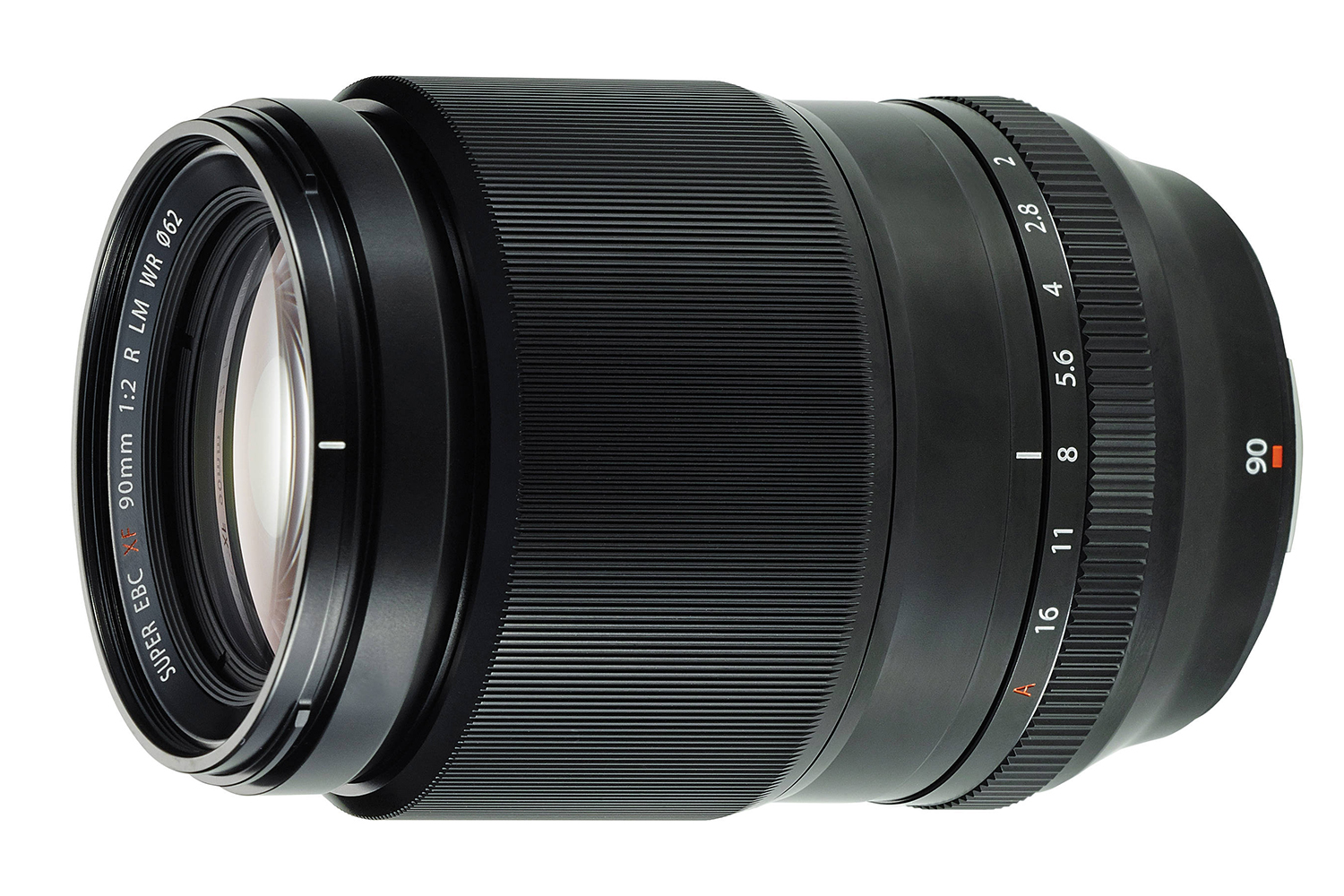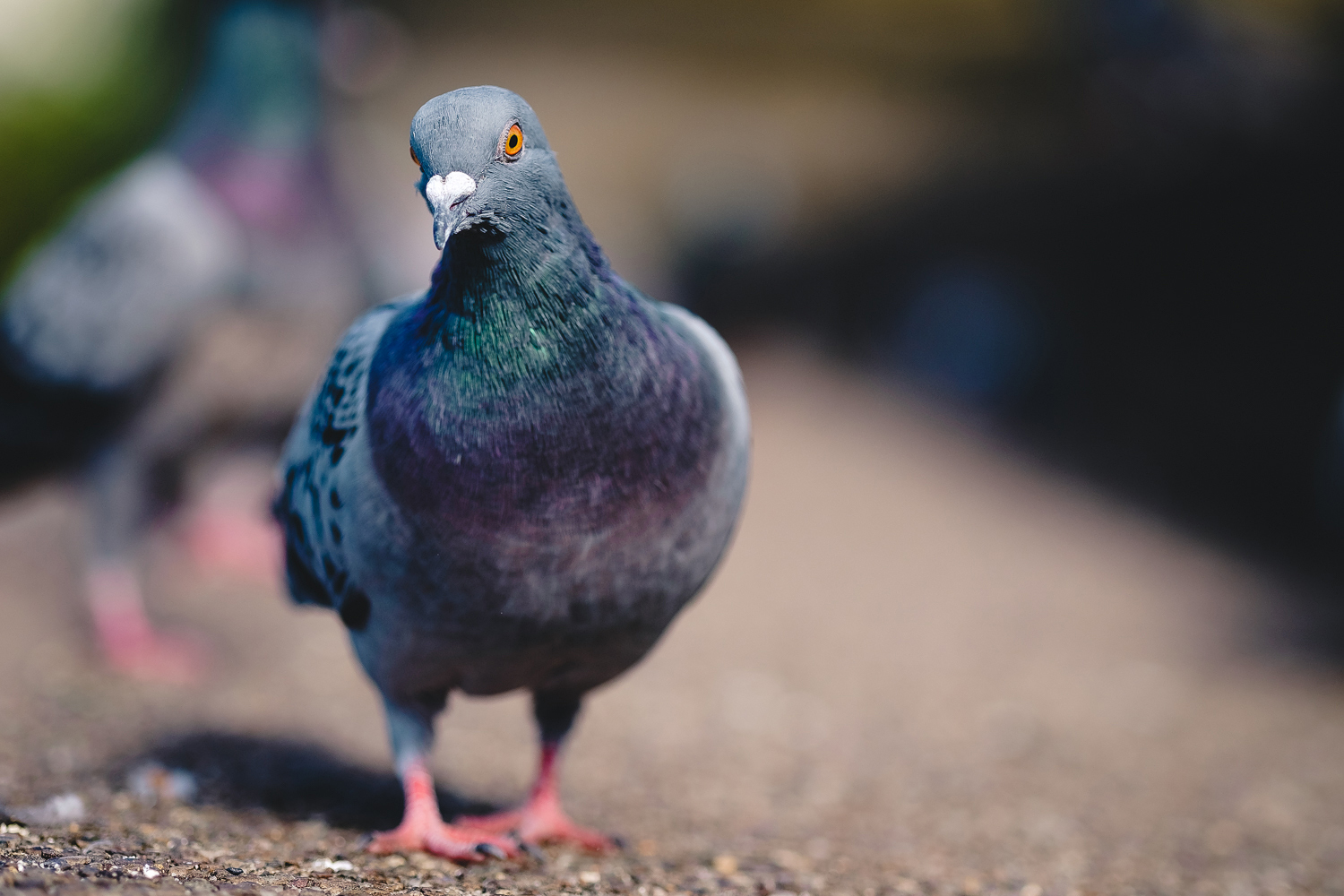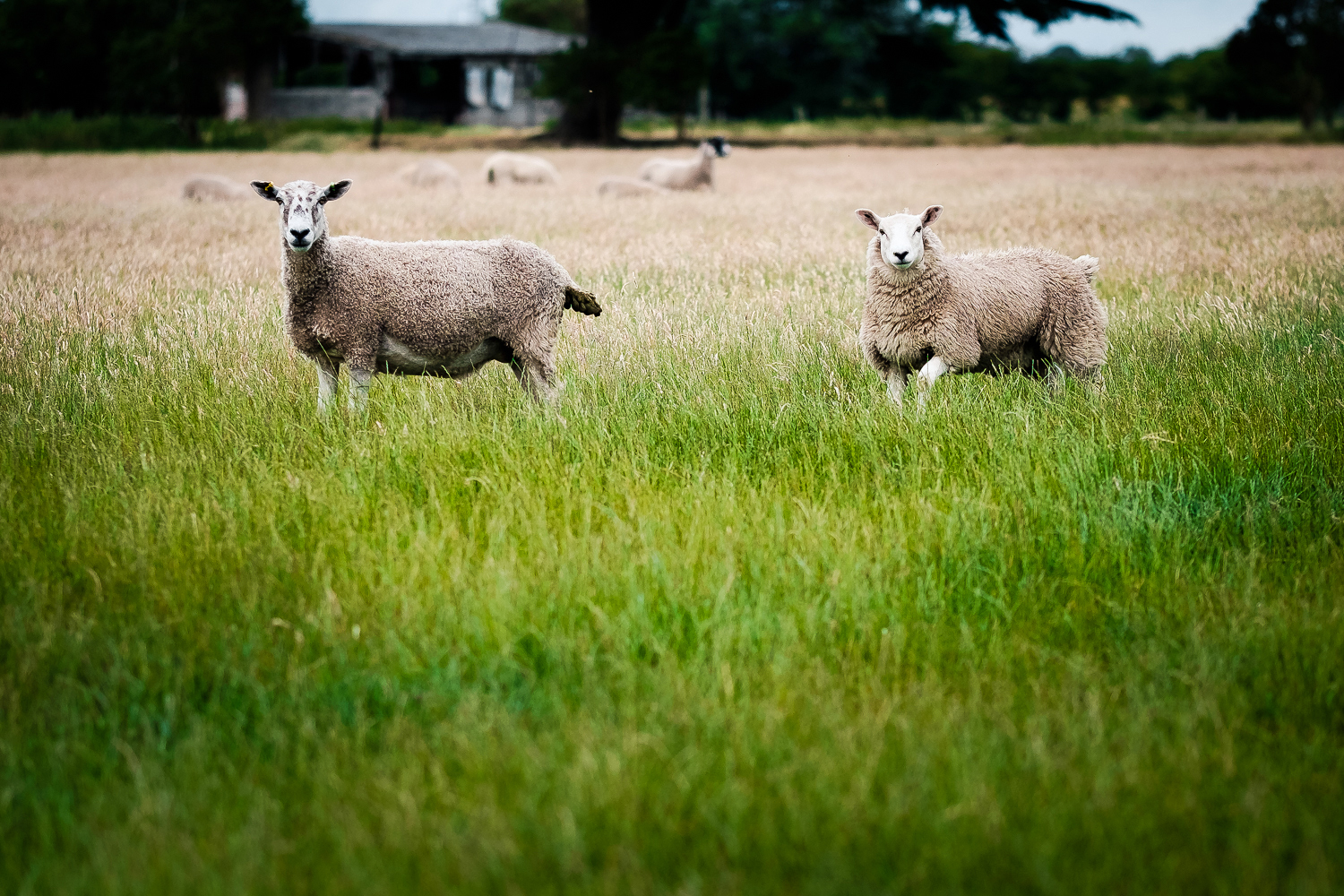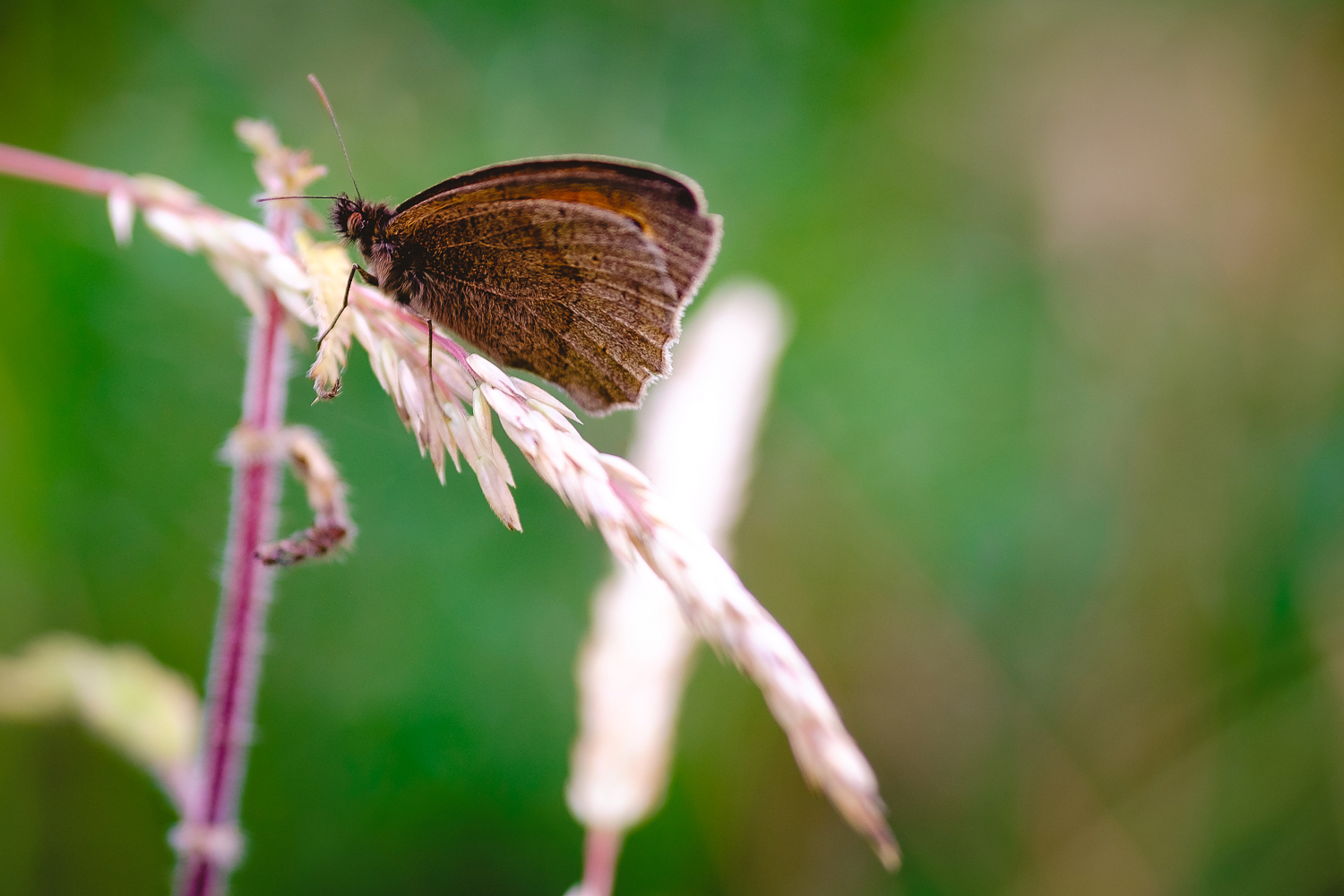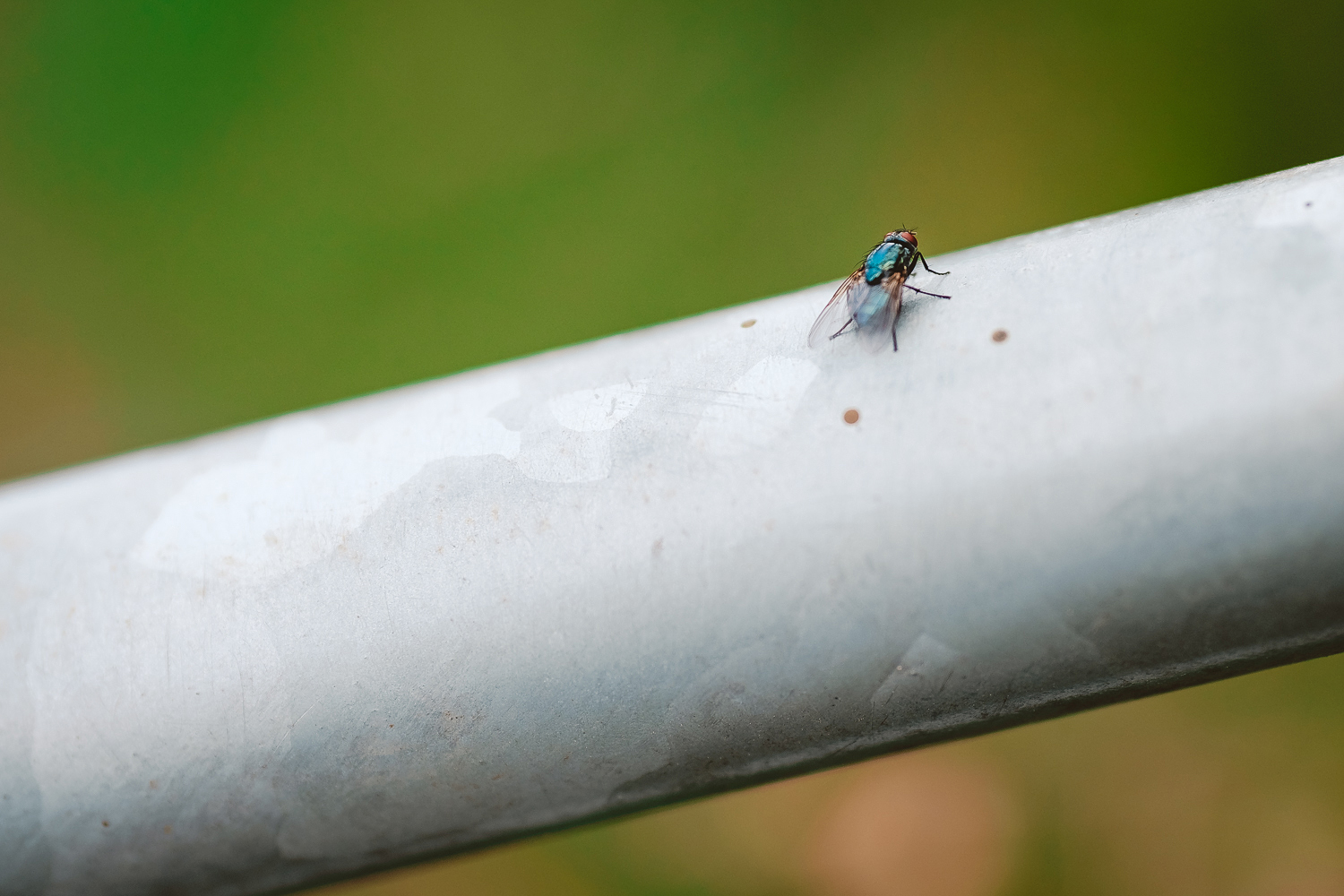The one lens I had been waiting for, before it’s announcement or even rumoured was a 135mm equivalent from Fuji. At weddings and events when using prime lenses with Canon, the 135mm was my go to telephoto lens. This was a focal length I was missing with Fuji with the equivalent of 85mm with a fast aperture only being available. That was until the announcement and release of the XF90mm f/2.0 R LM WR.
The 135mm f/2 L was the last lens in my old Canon arsenal left that I had saved to trade in for the equivalent from Fuji. As soon as the lens was announced, I called up my local store and reserved my copy, with a call back on the day it arrived. Once it had arrived, I headed straight down to the store to trade in my Canon 135mm f/2 L. I couldn’t wait till I got home to try it out, and had a GoPro with me, so thought I would unbox it and test it out minutes after buying it. The YouTube video is below.
I am not going to go into technical details about the lens, as those are available from every store online that are selling them, but will be giving my thoughts and findings. All images taken and shown were with the intention of showing the sharpness and bokeh quality of the lens. A selection of RAW files will be included in the article so that you can download and edit away, so see the quality of this lens for yourselves. Although the lens was released a couple of weeks ago, I wanted to wait until I had taken at least 2000 images with it for both personal and professional, before I felt I could give my professional opinion.
The lens is quite a bit longer than the 56mm f/1.2, and only slight more weighty. With the lens hood on it does seem a little huge, but still well balanced on the X-T1. The first thing I noticed was how quick it focused compared to the 56mm. It was very snappy and in single focus it locked on just perfectly on whatever I focused on. A slight annoyance of the 56mm was sometimes with heavily back lit subjects, the 56mm sometimes hunted for focus, especially in indoor lighting situations, and in some cases refused to focus. This was not the case with the 90mm. It snapped into focus every time, regardless of the size focus area used on the X-T1.
A major plus of this lens for me is the aperture ring! Fuji prime lenses tend to have a more loose aperture ring, which can be knocked very easily. Not a problem once you are used to the lens and its quirks, but non the less, still a loose aperture ring. This is not the case with the 90mm. The aperture ring has solid clicks, and a lot more stiff that previous prime lenses that I have made by Fuji. So those accidental aperture changes that some of us have made in a fast paced situation, or when using a camera strap like the Black Rapid DR-1, are less likely to happen.
The focus ring feels very nice, well dampened and smooth. For manual focusing in a faster paced situation may be slightly difficult for those that purely manual focus, as the focus travel is HUGE! You keep turning and turning to get from minimum focus to infinity, and sometimes feels getting from closest focus to infinity is never going to happen. This may be due to the new magnetic focusing system within the lens, or it may be because that what Fujis intentions were, focusing it more on a portrait type of lens, making very minute micro adjustments possible. Either way, I personally wasn’t too keen on the manual focusing side of things with this lens, others may have a different view though, especially if they want/need the option of micro adjustments to focus.
The one thing that stands out with Fuji lenses, especially when shooting RAW and applying the correct amount of sharpening within Lightroom 6, is how sharp they are. The 56mm blew many people away, especially those that have used the amazing mammoth from Canon, the 85mm f/1.2 L. Again this wasn’t something that I expected different with the 90mm, and wasn’t the first thing I checked up on as great sharpness is a standard with Fuji now, but when I did check the JPEGS I was amazed. Just as amazed as I was when I used the Canon 135mm f/2 L, which is known as optically one of the most perfect lenses ever made. This Fuji equivalent was on par without a doubt, especially with colour reproduction and sharpness.
The one initial concern I had with this lens before using it was the bokeh quality. How was the background going to be rendered at f2? Especially when the background was overly busy. Will the 90mm be as good as my 56mm when shot wide open?
One of the dislikes from a few when they have used the 50-140mm f.2.8 was how the lens rendered a busy background when shot wide open, especially with close leaves, greenery, or even more subjects. The look that the 50-140mm gave with certain backgrounds, made me slightly worried when buying the 90mm (I am not knocking the 50-140mm, but the bokeh it creates when the background is overly busy, isn’t to my taste). As this was to replace my beloved Canon 135mm f/2 L, my favourite lens I have ever used, I was hoping the bokeh quality would have been on par.
After my first shot, I could see straight away that the background blur/bokeh was amazing. Lovely and smooth, and on par, if better than the 56mm f/1.2, which I didn’t expect at all, yet still keeping that sharpness we have all come to expect from Fuji. For those wanting a bokeh monster for their fuji bodies, then this lens is for you.
As I am comparing the 90mm to the 56mm for most of this article regarding IQ, I thought I would bring up the contrast performance. When shooting JPEGS, the contrast in the images are perfect, and again on par with the 56mm, when shot wide open. Where it differs is when shooting RAW. The 56mm has a lot more contrast in the raw files, to the point sometimes once you have applied a film simulation such as Pro Neg Hi, you need to increase the exposure slightly or increase the shadows slightly, as they sometimes become too dark.
With the 90mm RAW files, the contrast is pretty flat, and no where as intense as images taken with the 56mm, but for me this is a bonus. This gives me more room to play when processing RAW files with the shadow areas. Others may prefer one lens over the other, but this does not take away the fact that this is an amazing lens.
A few threads popped up online about a clunking noise coming from the lens when not in use, also a OIS type of noise coming from the lens when in use. The lens uses magnets inside the barrel when focusing, which I assume the elements are suspended when power is delivered to the lens, making is focus so much faster than the 56mm. When the lens doesn’t have any power, these magnets aren’t active so inside elements are more free. With this when you tilt the lens, you can hear the mechanics inside moving slightly (this is not an issue with the lens, its just the way the lens works). When power is being delivered to the lens, the lens makes an OIS type noise, as if the stabilisation is working, although it does not have OIS. This is the magnetic focusing system working. I thought I would point this out as a few have had concerns, thinking their copy had issues. It is perfectly normal for this noise to be heard.
X-E2 users won’t be overwhelmed by the size of this lens. The feel is very similar to using the 56mm on an X-E2. Yes the size and weight of the lens over powers the body substantially but it still does’t feel out of place. As with the X-T1 or other bodies with larger lenses, you tend to naturally support the Body/Lens combination by the lens, rather than the body so that that there is no unnecessary strain on the lens mount.
Close focusing is great with the lens also. It is nowhere near macro, nor anything like what you would get from the 14mm or 23mm, but it focuses closer than other lenses in its class. With it only being 90mm, and the crop factor making it the equivalent of 135mm, this allows it to focus closer than full frame 135mm lenses. The shot below was to see how close it could focus, how close it could auto focus rather than manual focus. Once you get to the thin line of too close to focus, the lens tends to hunt and focus on the nearest thing behind what you are trying to focus on. Moving the lens 1cm further away solve this straight away.
I am yet to try this lens with the 16mm extension tube from Fuji, but I will be picking one up very soon and testing it with all of my lenses, and putting up images for you to download in a future article. The image below of the fly is un-cropped, to show the how close the 90mm can focus.
Firmware 4.0 for the X-T1 works amazing with this lens, and feels like both was designed for each other. The continuous focusing mode, still isn’t the greatest, and not comparable to the likes of a DSLR in the same situation, but it does work. Assuming you have good light, good contrast balance on the area you are focusing on and your subject isn’t moving towards you or away from you at tremendous speeds, then you will have no issues. The only issue I came across when in continuous focus, is when my subjects came within a couple of metres of closest focus, the lens would just miss focus on them, but perfectly fine anything beyond that. If you aren’t in need of continuous focus, then single focus works fast enough to capture action shots like the one below.
So in short: The 90mm is full weather sealed and built like a tank, very sharp wide open which only increases as you stop the aperture down, colours are great, contrast is just right, focuses quick, and overall the same quality from IQ and build that we have come to expect from Fuji. All of the above are my findings after taking a little over 3000 images with this lens. I am thoroughly happy with my purchase, and I am yet to be disappointed with the results. Another plus for myself is that Fuji have kept the 23mm, 56mm and 90mm a 62mm filter thread size, so my ND filters fit perfectly between them, so no need to buy more. Personally out of the 90mm and the 56mm, this is my go to telephoto lens, and at events, paired with the 23mm, I have found both of the to work a treat together. The only changes I would have liked to have seen in this lens is image stabilisation. Not something currently offered by any other brand producing a 135mm equivalent lens. This wasn’t a deal breaker for me but would have been an appreciated feature.
You can download the selection of RAW files by clicking here. If there are issues with downloading, let me know and I will try another hosting site for the RAW files.
If you have any thoughts on the lens, or any questions, feel free to leave them in the comments, or tweet them to me @DeanMartinPhoto. If you enjoyed my inpatient unboxing of the lens, don’t forget to give it a thumbs up and subscribe.
Amazon links to the main gear I use below:
- Fujifilm X-T1
- Fujifilm X-E2
- Samyang 8mm f/2.8 Fisheye
- XF 14mm f/2.8 R
- XF 23mm f/1.4 R
- XF 56mm f/1.2 R
- XF 90mm f/2 R LM WR
- Lowepro Vertex 300 AW
- Black Rapid DR-1


